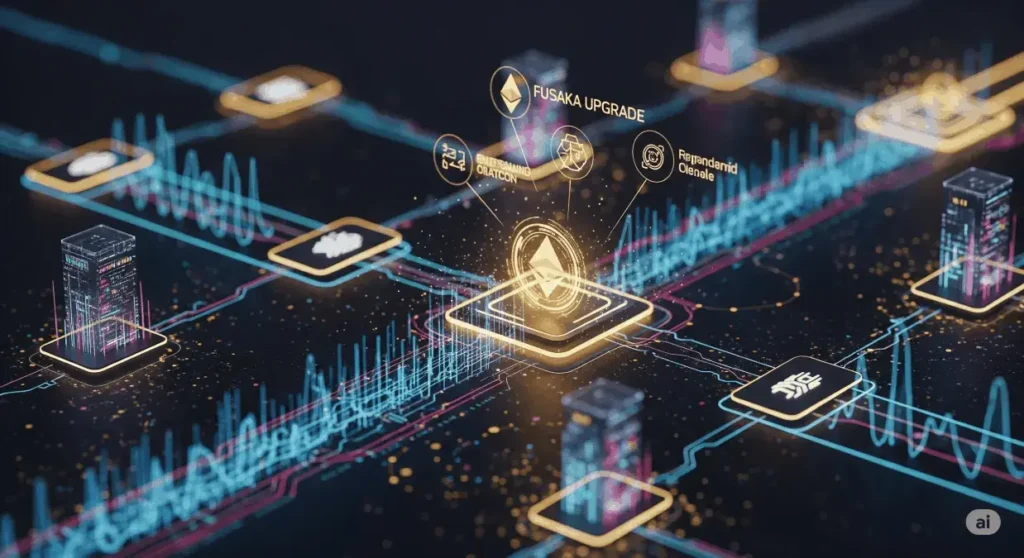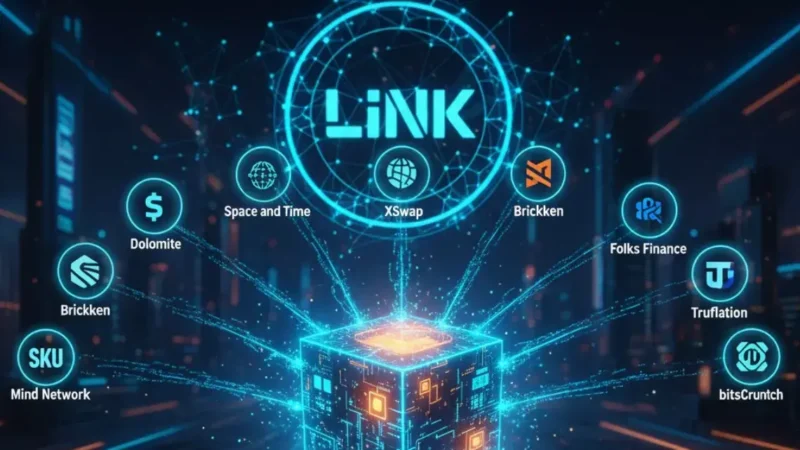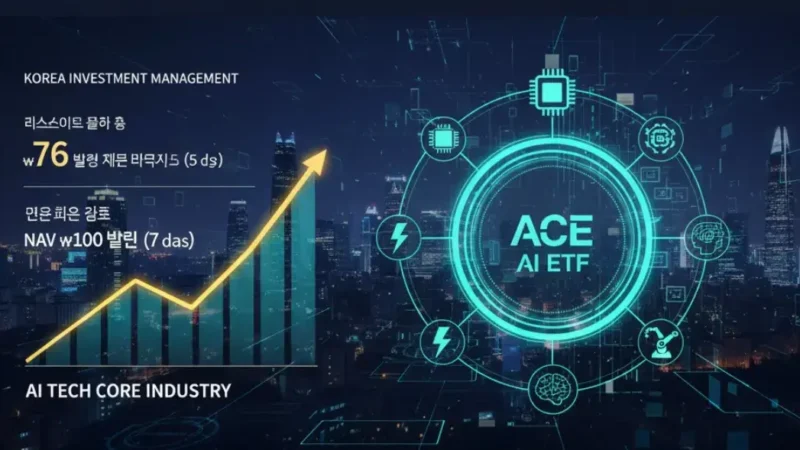Ethereum’s Fusaka Upgrade: A Leap Towards Enhanced Scalability and Security

The Ethereum network, the backbone of decentralized finance and countless decentralized applications (dApps), is gearing up for its next significant evolution: the Fusaka upgrade. Confirmed for an early November launch, this highly anticipated hard fork aims to dramatically boost scalability and fortify overall network reliability, continuing the relentless technical progress seen with the Pectra update earlier this year. Developers are confidently incorporating 11 proposed Ethereum Improvement Proposals (EIPs), including critical enhancements like EIP-7825, specifically designed for security reinforcement and scalability gains. The goal is clear: address current performance challenges without introducing unnecessary complexity, ensuring Ethereum remains the leading smart contract platform.
The Fusaka upgrade represents a crucial step in Ethereum’s ambitious roadmap, demonstrating the core developers’ commitment to continuous improvement. Following the successful implementation of Pectra, which brought significant enhancements like account abstraction, Fusaka builds upon this foundation to tackle pressing issues such as transaction throughput and network resilience. This forward momentum is vital for Ethereum to maintain its competitive edge in a rapidly evolving blockchain landscape.
Fusaka: Streamlined Development for a Timely Launch
While the vision for Fusaka is grand, the development team has demonstrated a pragmatic approach to its implementation. Not every ambitious proposal made it into the final plan. Notably, EIP-7907, related to the EVM Object Format and designed to expand the size of contract code, was removed. This decision was made to ensure the upgrade could be delivered within a realistic and tight timeline, keeping development focused on the most impactful and immediately implementable improvements. Such disciplined planning is essential for large-scale network upgrades, preventing delays and ensuring stability.
The preparations for Fusaka are now entering their final, intensive testing phases. Multiple devnets and public testnets are scheduled to run rigorously through September and October. This extensive testing period provides developers and node operators with a crucial, albeit tight, window to meticulously ensure the upgrade’s stability and identify any potential vulnerabilities before the mainnet launch. The timing is particularly critical as Devconnect, a major Ethereum developer conference, is scheduled for mid-November in Buenos Aires, making a stable early November launch ideal. The successful deployment of Fusaka prior to such a prominent gathering would undoubtedly be a significant showcase of Ethereum’s robust development pipeline.
The Road Ahead: Glamsterdam and Beyond
Even as Fusaka remains the immediate priority, Ethereum’s core contributors are already planning for the network’s subsequent major upgrade: Glamsterdam, tentatively expected to roll out in 2026. This forward-looking approach highlights the long-term vision driving Ethereum’s development.
A major and potentially transformative idea on the table for Glamsterdam is the proposal to reduce the block time from the current twelve seconds to a mere six seconds. This radical shift, championed by core developer Barnabé Monnot, would effectively double transaction throughput and significantly enhance decentralized application performance. Monnot’s proposal is slated for evaluation at the next AllCoreDevs session on August 1, and if approved, this change could further cement Ethereum’s role as the preeminent smart contract network for years to come, offering a substantial boost to user experience and developer capabilities.
Simultaneously, there’s growing momentum within the validator community to raise the gas limit to 45 million. This indicates a strong collective confidence in Ethereum’s ability to handle greater transaction demand without compromising decentralization or security. Vitalik Buterin, Ethereum’s co-founder, recently shared that nearly half of all staked ETH has signaled approval for this adjustment. This widespread support from the network’s validators suggests that Ethereum’s scaling roadmap remains both ambitious and practical, adapting to intensifying competition from other layer-1 blockchains. An increased gas limit would mean lower transaction costs and greater capacity per block, directly benefiting users and developers alike.
Regulatory Climate Warms for Tokenized Assets
Beyond the technical upgrades, the regulatory climate surrounding blockchain technology and digital assets appears to be warming, particularly concerning tokenization. A recent meeting between the U.S. Securities and Exchange Commission (SEC) and prominent blockchain players, including the ERC-3643 Association and Chainlink Labs, highlighted potential opportunities to align open token standards with existing securities laws.
Dennis O’Connell, president of the ERC-3643 Association, noted a distinctly more collaborative tone from the agency, signaling its growing interest in fostering innovation-friendly rules rather than solely focusing on enforcement. This shift is a promising development for the entire blockchain industry, as regulatory clarity is often cited as a key factor for mainstream adoption.
Stay informed, read the latest crypto news in real time!
Adding to this positive sentiment, SEC Chair Paul Atkins hinted at the possibility of new exemptions designed specifically to accommodate tokenized assets. Such a move would represent a significant shift from previous regulatory stances and could immensely benefit Ethereum’s expanding role in regulated financial markets. If these discussions progress positively throughout the year, it could significantly ease the path for broader blockchain-based finance, attracting even more institutional players who require clear regulatory frameworks before committing substantial capital to the crypto space. The convergence of technical innovation through upgrades like Fusaka and a more accommodating regulatory environment sets a powerful stage for Ethereum’s continued growth and its deepening integration into global financial systems.





One thought on “Ethereum’s Fusaka Upgrade: A Leap Towards Enhanced Scalability and Security”